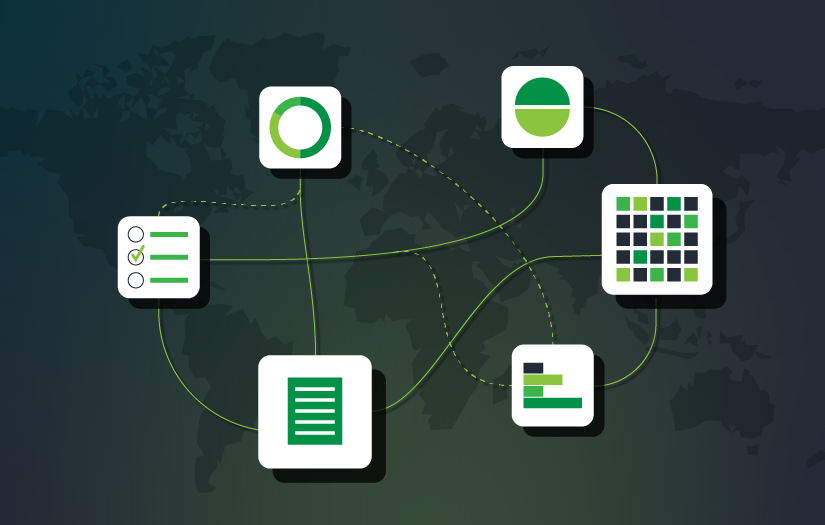I have been doing project management (mostly within the IT space) for going on 20 years. And one of the biggest changes and challenges in recent years has been remote project management.
My introduction to remote project management work was in 2010 when I worked for a large multinational bank. I was one of more than 50 PMs in one remote office managing projects all over the world. Although we were not in the same location as the projects we were overseeing, we were able to reap a lot of the benefits of being a team when it came to sharing information because we were all in the same place.
More recently, due to the pandemic, we all experienced true remote management, many of us out of our bedrooms or basements. Out of necessity, the remote-work life became easier, but for project managers, challenges still remain.
Technology is Improving, But Has Further to Go
As we all know, there have been vast changes and improvements in technology over the past decade-plus. The same goes for the tools us PMs use. I started out using just the basic Microsoft suite to manage projects. Over time, that included MS Project and other tools like Clarity, Planview, SharePoint, Jira, Confluence, and ServiceNow, to name a few.
These tools definitely help when managing remotely. They can generate electronic notifications to a resource that a deliverable has been assigned or one is approaching its due date. They also help the PM stay connected to all the project deliverables. But they don’t replace the need for the PM to stay connected to their project team.
Interactions Remain Key
The pandemic created a paradigm shift where people expect to work from home even if there is an office in town. Still, I think there is a lot to be said for in-person interactions.
For one, it creates better accountability. Project managers who connect with the team on-site can generate more respect from the team and build stronger relationships. Also, being able to drop by someone’s desk to remind them of a deliverable or schedule an in-person meeting to catch the team on the project deliverables, in my opinion, adds a personal touch that encourages accountability. Remote meetings are often attended, but the resources can be distracted while multitasking, answering emails or instant messages.
I’ve found that a few minor efforts can make a major difference when trying to recreate the in-person experience online. One is turning your laptop camera on during meetings. Not everyone feels comfortable doing this, but being able to be face to face (even if it’s screen to screen) adds a personal touch.
The other is I try to join virtual meetings five minutes early. If others are on, I use the extra time to get to know them. Where are they located? What are their hobbies, etc.? That way I know more about them than just that they’re good at their job, and I can ask them how their recent trip was or if they had watched a certain show yet. It builds a bond that wasn’t there before.
The Challenge of Independence
Remote work for technology professionals provides independence, allowing them to manage their own workloads in a way they couldn’t before. While this is a great benefit to these resources, it also provides a challenge for project managers who need to track the progress of those resources and their deliverables.
Information can slip through the cracks, and project resources may not include all necessary information in their updates. Being on-site increases the number of communication channels between teams and gives the PM an opportunity to ask questions and follow up more often. Frequent communication with the project team remote or in person is key to keeping a project on schedule and on budget.
That’s why collaboration tools like Microsoft Teams or Slack have been a PM’s best friend. These tools provide better individual communication in real time so that questions or reminders don’t have to wait for designated meeting times or get lost in email inbox clutter.
We as PMs are still adjusting to this new way of working and finding ways to replicate the in-person experience we knew so well. Technology is helping, but an emphasis still falls on the PM him/herself to build relationship and cater communication to the best ways of working for their team.
Need project management assistance? Veracity’s experts deliver on-time, on-budget, and high-quality projects by helping you develop the necessary structure, procedures, methods, and support mechanisms to seamlessly engrain your systems into your business.

